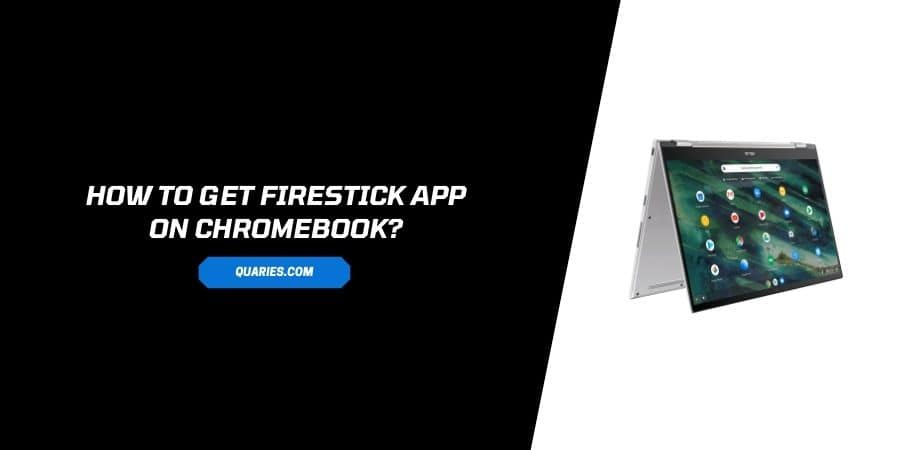Firestick is designed to show Amazon content and also support content from other streaming services. The Firestick is designed and developed for smart TV sets to allow users to HD Quality video streaming.

A large number of people started using Chromebook, especially for educational purposes which made them quite commonly usable Laptops in the market.
There are Chromebook users who wish to enjoy streaming through firestick, that’s how this question came into being.
Chromebook comes with multiple restrictions, and firestick which is designed for smart TV sets makes this combination quite difficult.
Let’s look at the possibilities if Firestick can be connected to a Chromebook or not.
Is It Possible to get Firestick App Over Chromebook or Not?
It is true that Chromebook comes with micro HDMI Ports purposefully to connect with Smart TVs and Computer Monitors.
But it is quite not possible to connect Firestick with Chromebook, even if you use the same method of connecting Chromebook with a TV. This method won’t work.
Firesticks are built to connect with TVs, Monitors, and Projectors. The reason it doesn’t work with Laptops is that it has its own operating system.
Why should you Pair Your Laptop with a Firestick?
A question should be raised, is it necessary to connect Firestick with your Chromebook. The most common answer would be, that a firestick is a small and handy device, which I can carry with me anywhere, and watch my favorite shows anytime on my Chromebook.
Chromebook is a Hybrid fusion of smartphones and Laptops, which is the most advanced web-based laptop.
So as long as you are having a Chromebook with a Browser installed on it and a good internet connection you don’t need a firestick to watch your favorite content, it can be run via browser with the help of the Internet.
Almost every streaming Platform has its official website available for online users, where you don’t need an application, you can log in to a particular website and watch your content with the help of the internet.
The reason why firestick came into being is that you cannot just log into your prime account and watch videos on your smart TV.
On the contrary, in your Chromebook, you can simply open the browser, sign in to your account, and watch videos if having ample internet connection.
Is There No Way To Get The Firestick App Over Chromebook?
You can try to Plug in your Firestick HDMI connector in the HDMI port on your Laptop. For connecting this way, you will need a Sierra Macbook or 64-bit Windows 10 PC.
A quad-core i5-4xxx processor, a GeForce GTX 600 or GPU, and a USB 3.0 port can be helpful while connecting a Chromebook with a Firestick HDMI connector.
Firestick’s HDMI uses HDCP which is known as an anti-piracy tool. But most streaming Boxes don’t work with HDCP, in such a case you might need HDMI splitters to break the HDCP protocol.
So you might go through a long and costly trial while having many errors. Even if you are able to break the HDCP Protocol with the help of HDMI Splitter still there is no guarantee that you will be able to run Firestick with Chromebook.
So Rather than trying any given method, have an account of any Online Streaming App and log into it through their official Website and enjoy streaming the best Content.
Like This Post? Checkout More
